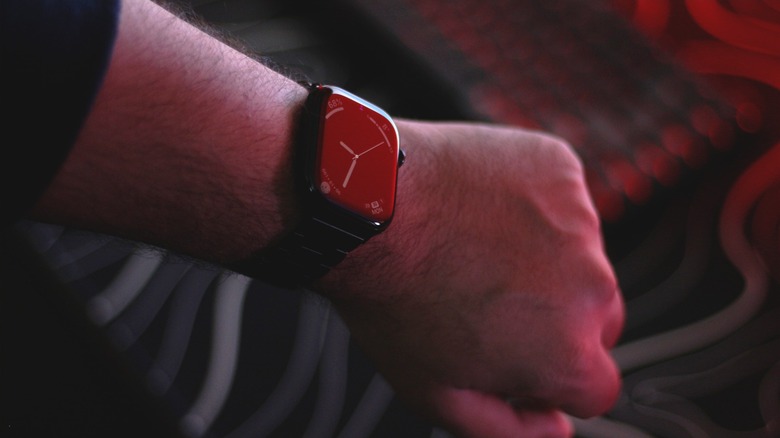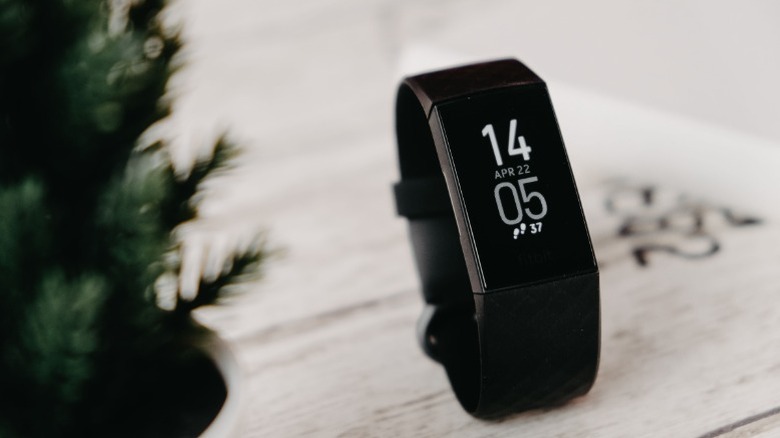With a worldwide market share of nearly 30%, the Apple Watch is easily the most recognizable smartwatch you can grab. Though cumulative improvements over the years and the inclusion of industry-leading fitness tracking features have played a massive role, it’s easier to attribute its success to the fact that the iPhone is also the most popular smartphone in several countries, and the Apple Watch then becomes an almost no-brainer when one looks for a wearable accessory that works best with their phone.
In our review of the Apple Watch Series 10, we appreciated the device’s sleek design, comprehensive health sensors, and improved charging speeds. That said, the Apple Watch isn’t the most affordable option, starting at $399 — with a trimmed-down SE version retailing at $249. This leaves stiff competition in the sub-$200 segment, where you have a healthy variety of budget-friendly Apple Watch alternatives to choose from.
When shopping for cheaper options, it’s understandable that you may have to compromise on aspects like build quality, ecosystem perks, or cutting-edge health tracking features. However, there’s a baseline that must be met for a device to be classified as a smartwatch — something that can properly act as an accessory to your phone and complement it. Fortunately, cheaper doesn’t always mean exponentially worse, especially given the many brands that specialize in budget-oriented smartwatches. Choosing between an expensive and a cheaper smartwatch is a complex decision, one that ultimately depends on your specific needs.
Fitness trackers versus smartwatches
When shopping in the budget-oriented market for a wearable, it’s quite common to find product categories like fitness trackers and smartwatches overlap. While a good smartwatch, especially one that costs a premium and features an assortment of health tracking sensors, can double as a fitness tracker, the opposite is not always true. Most fitness trackers that are priced aggressively skimp out on several features that are only found in expensive smartwatches.
That said, if all you’re looking for is a device to track your workouts, steps, and monitor sleep, then any of the reliable fitness trackers under $100 will do the job just fine. It is only when you want a device that does a little more than just track your vitals and send reports to the connected smartphone that you branch out into the complex world of smartwatch offerings. A good smartwatch will allow you to view notifications on your wrist, control music playback, and feature customizable watch faces.
A great smartwatch takes this to a higher level, offering you the ability to not just view, but reply to messages, store music offline, place audio calls without relying on your phone, and even let you download additional apps if you desire. All of these are functions that smartwatches from brands like Apple and Samsung can do — which is why they cost decently high. Fitness trackers or “smartwatches” with severely trimmed-down feature sets are still an option for those who want the essentials.
Why expensive smartwatches may be worth the splurge
Budget-oriented smartwatches can be a perfect fit for many. For example, the $99 Amazfit Active 2 that we reviewed is a proper smartwatch that looks, feels, and functions similarly to contenders that are priced much higher. Yet, it gets overshadowed by expensive alternatives when it comes to watch face customization or the sheer selection of apps that costlier smartwatches benefit from.
Expensive smartwatches also don’t make any compromises on the hardware front. Most feature bezel-less LTPO OLED displays, which tend to fare better in endurance with Always-On Display enabled. You get noticeably better haptics, and some even come with speakers that can be used for music playback or voice calling.
Smartwatches like the Samsung Galaxy Watch 7 and Apple Watch Series 10 that cost comparatively more than cheaper alternatives ship with more sensors that directly unlock a greater suite of health tracking features. This is why you can take an ECG with your Apple Watch — a luxury that only a select few smartwatches currently offer.
Smartwatches that run on Google’s Wear OS or Apple’s watchOS will always benefit from a richer selection of apps and better software support. Better hardware also means smoother animations and faster on-device operations — something that cheaper smartwatches often struggle with. Ecosystem perks can also be a major reason to spend the premium. The little things, like being able to unlock your MacBook with your Apple Watch, stack up over time to deliver a richer experience.



